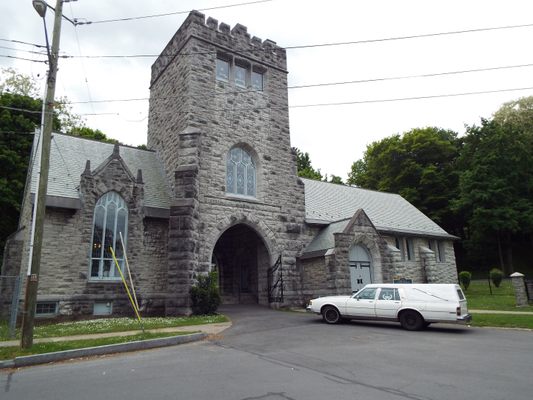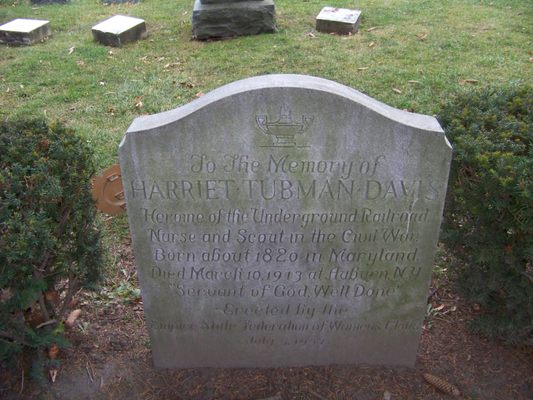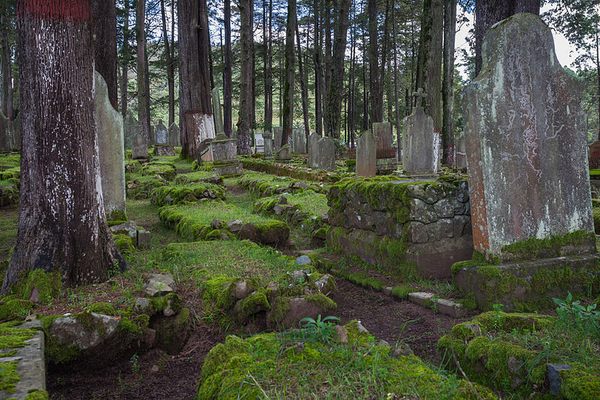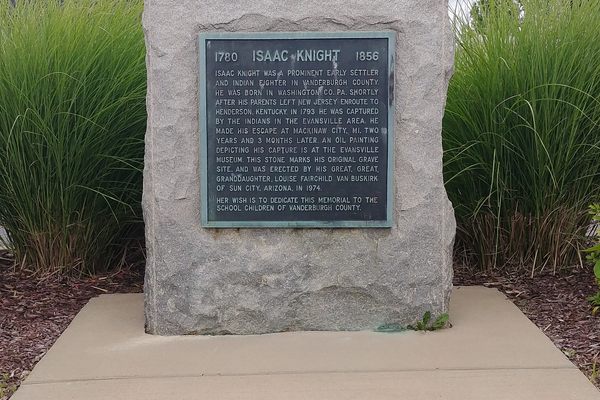About
Tucked away in the colonial town of Auburn, New York—or "Prison City" as it's sometimes known for being the birthplace of both the Auburn prison system and the electric chair—is Fort Hill Cemetery. Established in 1852, this burial ground has a unique history that stretches beyond that initial dedication; In the mid-16th century, the site is believed to have been a fortified village of the Cayuga people.
A faint outline of the fort can still be seen in the cemetery's topography as you make your way through the Gothic archway of the Bradley Chapel, which serves as a gateway to the grounds. Once in the cemetery, prepare to get lost in the rich history of the Auburn community, starting with a visit to the 56-foot obelisk built to commemorate Logan, a Cayuga orator and leader in the Iroquois Confederacy who once famously asked, "Who is there to mourn for Logan?" after his family was murdered by European colonizers.
Next, make your way to Harriet Tubman's grave and pay respects to the formerly enslaved abolitionist who risked her life numerous times as a "conductor" on the Underground Railroad and as a spy for the Union Army during the American Civil War. Though Tubman died in 1913, this three-foot-tall gravestone marker was erected in 1937 by the Empire State Federation of Women's Clubs.
You can also visit the grave of former U.S. Secretary of State William Henry Seward, or famed inventor Theodore Case, or maybe Auburn's founder and Revolutionary War veteran, John Hardenburg.
Or, simply stroll through the scenic grounds with no destination in mind and admire the area, which is so beautiful it was initially proposed to be a park. No matter what paths you take within the cemetery, you are certain to find yourself engulfed in the history and beauty of Fort Hill.
Related Tags
Know Before You Go
Maps at the Cemetery Office have a walking tour of the grounds with the locations of the notable gravestones.
Published
August 15, 2019

































